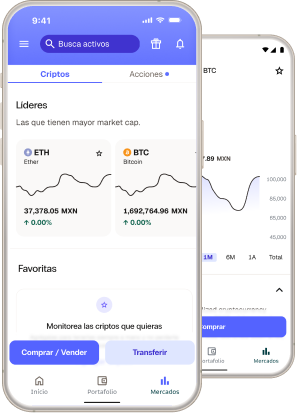In the financial world and the cryptocurrency ecosystem, it is common to encounter a company, project, or enterprise that promises to make you a lot of money quickly. Although it’s not always the case, most likely, you are facing a Rug Pull.
A Rug Pull is essentially a fraudulent strategy executed by project developers, resulting in the abandonment of the project and leaving investors without their money. To avoid falling for these types of scams and losing your investment, it’s crucial to understand how they operate.
In this article, we’ll cover the key points you need to know about a Rug Pull, explaining in detail how it happens, its modus operandi, and most importantly, how to spot one before it’s too late. Below, we expand on this information.
What is a Rug Pull?
A Rug Pull is a type of scam that, as mentioned, occurs in the world of cryptocurrencies. It consists of the developers of a project abandoning it suddenly, stealing all the funds from investors and leaving them with worthless tokens.
It is a situation that can be easily identified, but it is important to keep some aspects in mind. Below, we explain the most common environments in which this type of scams usually occurs.
How Does a Rug Pull Happen?
This type of scam usually occurs in the realm of DeFi (decentralized finance) and during ICOs (initial coin offerings) — in the latter, it is more common since there is often a first sale of tokens and users trust the project hoping that the price may rise in the future and, therefore, they deposit their money.
For a Rug Pull to take place, a group of developers (DEVs) typically create a new token and promote it aggressively to attract the attention of small and medium-sized investors. Once the token moves past its ICO stages and begins to increase in value, the DEVs suddenly withdraw all the project’s liquidity, taking the invested funds and leaving users with worthless tokens.
While this example focuses on newly launched tokens, Rug Pulls can also happen with projects that are already well-established in the digital ecosystem. This is why it’s essential for investors to understand the modus operandi of these types of scammers.
Modus Operandi
When wanting to carry out a Rug Pull, scammers usually follow some steps. They generally are:
- Creation of a project: the DEVs create a crypto token or a DeFi project with promises of great returns on investment and future benefits.
- Intense promotion: they use all possible means to promote their project, generate interest, and thus attract investors.
- Increase liquidity: users who join the project and buy the token increase its value and liquidity, which in turn makes it more attractive to new investors.
- Funds extraction: once the token has accumulated enough value in the market, the developers withdraw all the liquidity of the project, taking the funds and leaving the investors with worthless tokens. We know it may seem very likely to enter a Rug Pull considering these 4 points; however, you can identify and prevent this type of scam situations. Below, we will explain the essential practices you should follow to avoid being robbed with this strategy.
How to Identify and Prevent a Rug Pull?
Research the team and the project:
- You need to verify who the developers and those responsible for the project are before investing. The more well-known they are in the industry and the more verifiable history they have, the more reliable they will be.
- Read the project’s technical sheet or documentation in the whitepaper, look for inconsistencies or promises that are too good to be true.
Verify liquidity:
- Examine how the token’s liquidity is structured and if the developers control most of the funds.
- Be wary of projects where liquidity is not locked or audited by third parties.
Security audits:
- When investing, give preference to projects that have undergone security audit processes; specifically, check that these tests were performed by known security firms.
Community and transparency:
- Participate in investor communities and seek third-party opinions with experience in the project.
Diversification of investments:
- If you plan to invest despite the risk, do not dedicate all your funds to a single project. Diversify to reduce the possibilities of total losses in case of fraud.
Caution against FOMO:
- FOMO is the fear of missing out on a good investment opportunity. You have to be careful and distrust projects that are intensely promoted without a solid basis. Avoid compulsive investments based solely on hype or advertising.
It is important to know about this type of scams that often occur in the financial and crypto world. Because it allows you to adapt, prevent, and protect your money. Therefore, at Bitso, we want to help you learn more about the security methods you can employ. If you want to know more or have any questions, you can visit the Bitso Help Center where you can find more topics and delve into each one of them.

